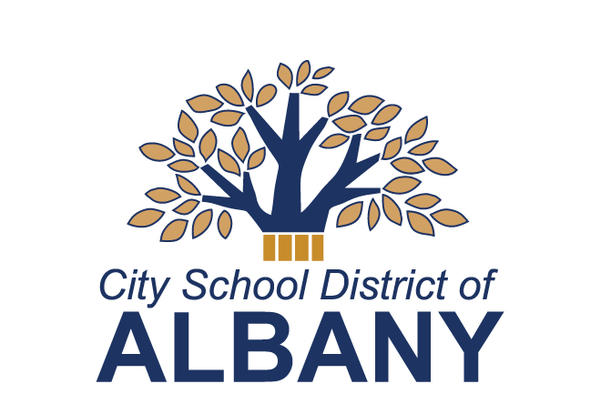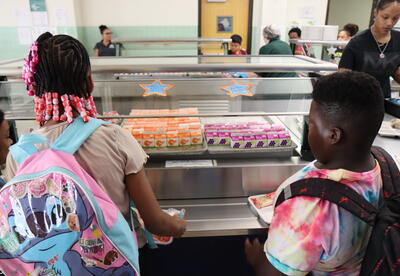
The City School District of 91¸ŁŔűµĽş˝ will implement an in-person instructional model for students in prekindergarten through grade 6, and a virtual model for students in grades 7-12 for the 2020-21 school year in response to drastic state aid reductions amid the economic fallout of COVID-19.
The district also will offer in-person instruction for self-contained special education students K-12, and will restructure the 91¸ŁŔűµĽş˝ International Center and Tony Clement Center for Education programs. Students from those programs would enroll in 91¸ŁŔűµĽş˝ High School or their respective middle school and continue to receive services through a restructured delivery model.
Families of pre-K-6 and special education students also have the option of choosing the virtual model.
The Board of Education unanimously approved this model at its meeting Tuesday night (download the presentation or ). The district is committed to this model at least through Feb. 1 – the end of the second marking period – unless there are more changes related to state or federal funding, staffing or COVID-19.
The 2020-21 school year began Wednesday with virtual orientations for all students. Partial days of virtual orientations will continue for the rest of this week, with partial days of virtual instruction beginning Monday and continuing through next Thursday, Sept. 17. Students are off Friday, Sept. 18.
In-person attendance for those students whose families have selected that model will begin during the week of Sept. 21-25 with partial days for students (students attending virtually also will have partial days of instruction that week). The first full days of instruction – both in-person and virtual – will begin Tuesday, Sept. 29. Schedules for elementary students are available via each student's district Google email account and via our . Schedules for middle school and high school students will be available via those platforms beginning Thursday.
Devastating fiscal news
The district learned in late August that it may lose as much as $23.2 million in state aid for the current school year following the state’s announcement that it is withholding 20% of its funding for schools statewide.
The district has joined a chorus of advocates making the case to the state and federal governments that there are significant inequities in the state’s aid reduction plan as it is currently outlined:
- High-needs districts like 91¸ŁŔűµĽş˝ that depend more heavily on state aid would be hit harder than wealthier districts by an across-the-board 20% reduction. The district is advocating for a more equitable distribution that would lessen the impact on high-needs districts.
- The district also is advocating for publicly funded charter schools to receive the same 20% aid reduction as public schools. The district sends about $35 million annually to the city’s charter schools; a 20% reduction would equal nearly $7 million in savings for the 2020-21 school year and prevent the district from making deeper reductions in programs and staffing.
New York State Assembly members Pat Fahy and John McDonald participated in Tuesday night’s board meeting to provide an update on the state’s budget status, including the topic of equity in charter school funding. Both legislators indicated that a more equitable solution to the charter funding question is likely, though the state has yet to announce any specific details.
The instructional model that the board adopted Tuesday night would save about $16.1 million through the restructuring of programs, contract and other reductions, and the elimination of 222.1 positions throughout the district. Savings from an equitable solution on the two aid distribution questions would account for the balance of the district’s aid reduction.
The board also reviewed two additional instructional options Tuesday night that could provide additional savings if necessary. Option A would include all students in grades 6-12 in the fully virtual model, and Option B would include all students in grades 4-12 in the fully virtual model.
The board set those options aside and will revisit them if there is a need for additional budget reductions later in the school year.




